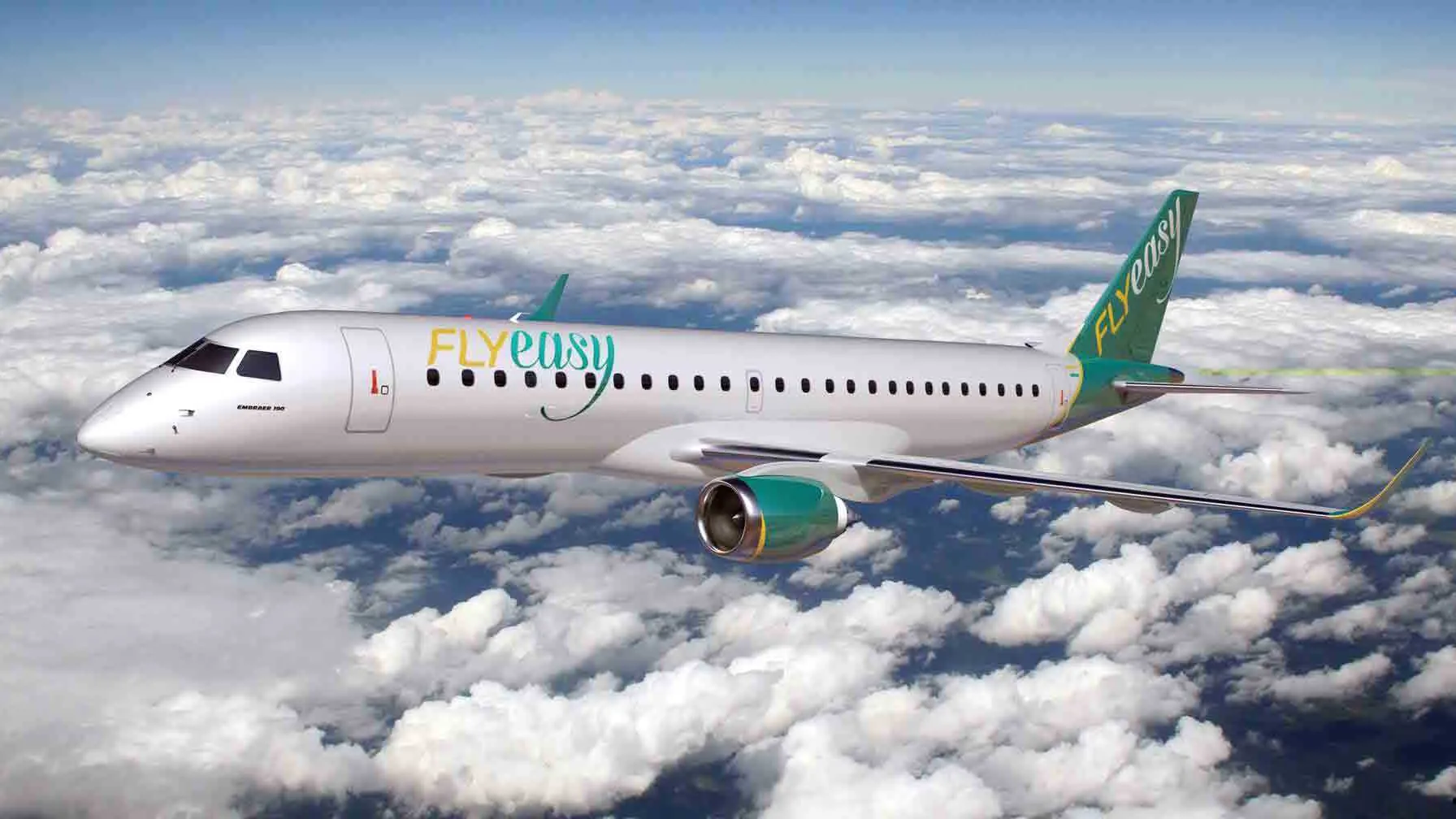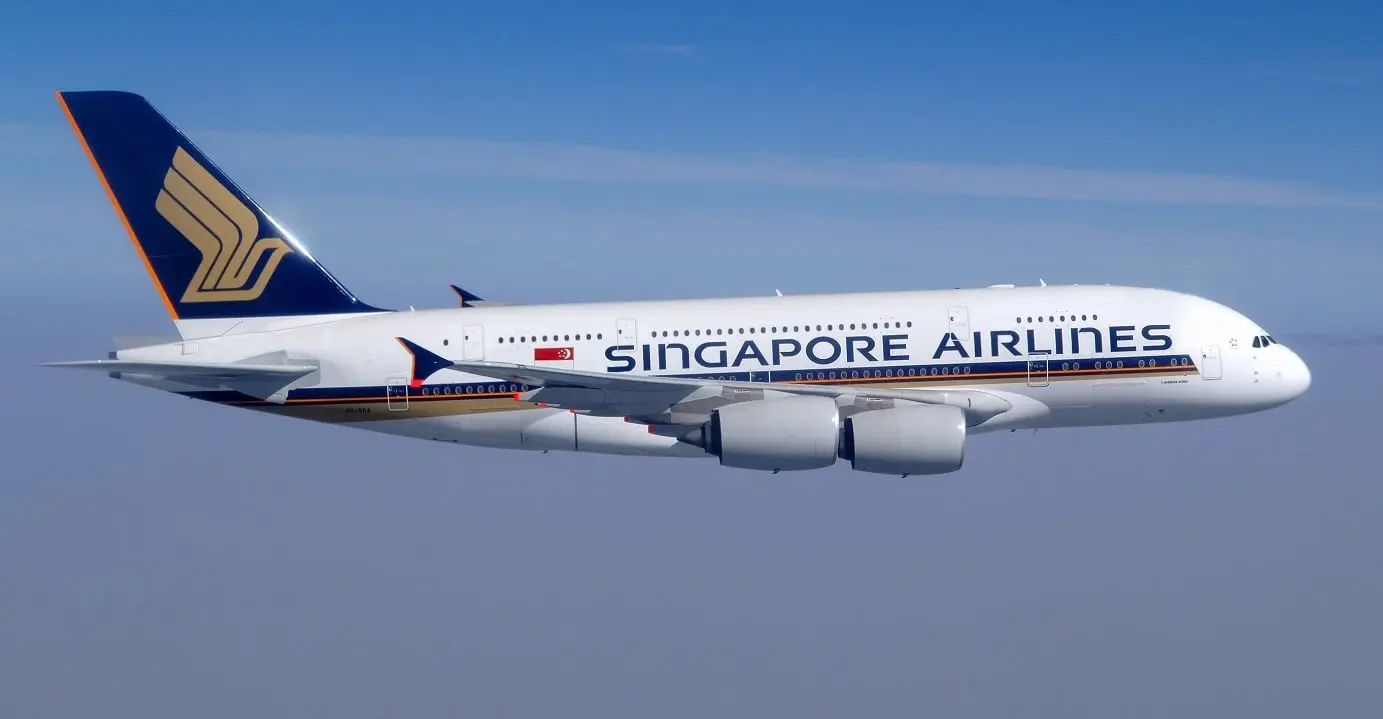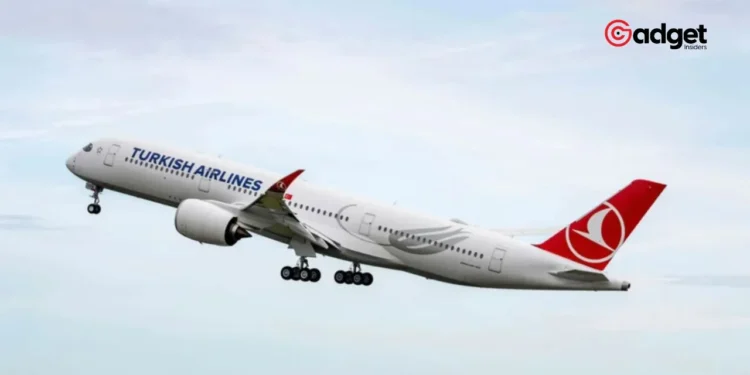At the heart of the American aviation industry, a storm is brewing among American Airlines flight attendants who are pushing back against what they describe as insufficient pay amid rising living costs. As the first potential airline strike in over a decade looms, the issues at hand resonate beyond just the company, highlighting broader economic tensions and the plight of service workers in the U.S.
American Airlines recently proposed a 17% pay increase for its flight attendants—a gesture that might seem generous at first glance. However, the Association of Professional Flight Attendants (APFA) has dismissed this offer as merely a superficial public relations move.
This comes after a prolonged period of wage stagnation that saw no raises for five years, despite the climbing inflation and the increasing financial pressures faced by the workers.

Julie Hedrick, President of APFA, laid bare the realities of the situation in a telling remark: “We’re behind on everything,” she admitted, pointing to the inadequacies in compensation for meals and other expenses which have not kept pace with the cost of living. According to Hedrick, when adjusted for inflation, the proposed raise falls short of making a significant improvement in the flight attendants’ quality of life.
American Airlines: A Closer Look at the Wage Disparity
The specifics of the pay structure for American Airlines flight attendants reveal deeper issues. An entry-level attendant earns about $27,315 annually, as per a document circulated online. This figure only accounts for the hours when the plane is in the air, not considering the boarding, waiting, and transit times that also consume their hours.

With the proposed increase, starting salaries would jump to $31,959, barely lifting some attendants above the threshold for food stamp eligibility in states like Massachusetts or Florida. Yet, for many, especially those stationed in high-cost cities such as Dallas, Miami, and New York, this adjustment is far from sufficient.
Reports of attendants sleeping in their cars or relying on in-flight meals underscore the pressing hardships they face.
The Long Road to a Strike
The path to these potential strike actions has been marked by persistence and solidarity among the flight attendants. “We have picketed for a year and a half, and we’ve done at least 11 pickets,” Hendrick highlighted, demonstrating the extent of their efforts to secure a fair contract.

The negotiations have been especially challenging due to the legal landscape. The Railway Labor Act of 1926 placed significant restrictions on the ability of airline and railroad workers to strike, requiring intervention by federal mediators.
This regulatory environment complicates the already fraught negotiations and could potentially lead to a federal block on the strike, similar to what occurred in the rail industry in 2022.
Looking Forward: The Industry at a Crossroads
As American Airlines and its flight attendants gear up for another round of talks, the outcome could set a precedent for the airline industry, which is still recalibrating in the post-pandemic world.
The demands of APFA, aligning a 33% pay raise over four years with the rise in inflation, echo those of other airline workers across the country who have successfully negotiated significant pay increases recently.
In an industry marked by high turnover, grueling schedules, and now, intense labor disputes, the resolution of this conflict will not only affect the flight attendants but could also influence labor relations in similar sectors nationwide. As the negotiations unfold, all eyes will be on American Airlines to see if it can navigate through these turbulent times without compromising the welfare of its most essential workers.










